Pépite | Modèle d'auto-organisation pour les protocoles de routage dans les réseaux ad hoc de véhicules : application à la perception élargie et à la localisation coopératives
Texte intégral
Figure
![Figure 1.1 – Vision futuriste des syst` emes de transport intelligents - source[13]](https://thumb-eu.123doks.com/thumbv2/123doknet/3625747.106597/33.892.114.788.432.714/figure-vision-futuriste-syst-emes-transport-intelligents-source.webp)
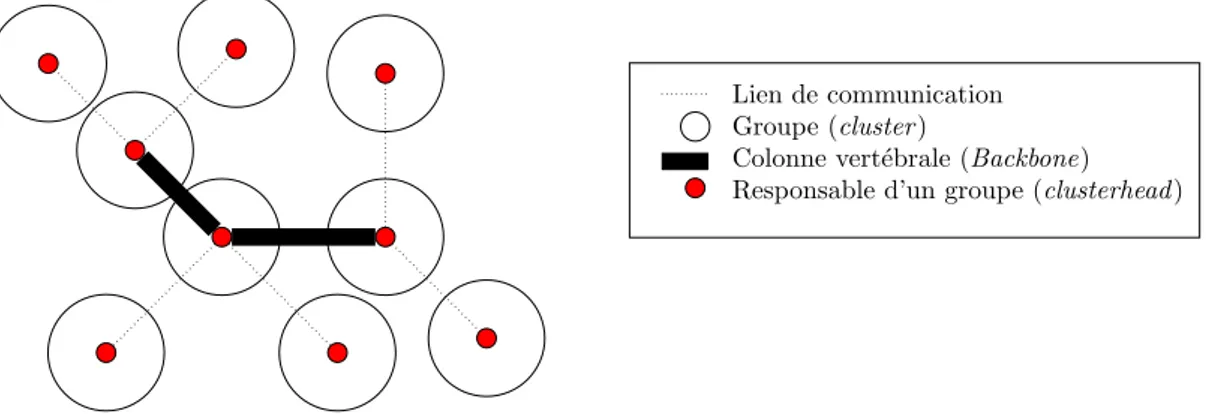
![Figure 1.8 – Pr´ esentation du fonctionnement global des m´ethodes proactives - figure inspir´ee de [43]](https://thumb-eu.123doks.com/thumbv2/123doknet/3625747.106597/42.892.162.749.535.689/figure-esentation-fonctionnement-global-ethodes-proactives-figure-inspir.webp)
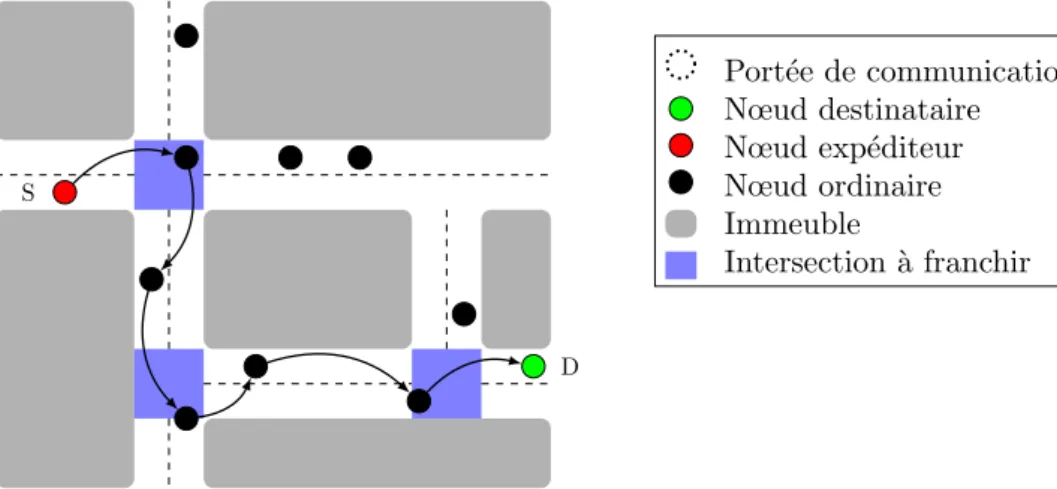
Outline
Documents relatifs
To determine whether there are differences in acid-induced neuronal activity between 25°C and 35°C, we activated ASICs by extracellular acidification from 7.4 to moderately acidic
لصفلا عبارلا : ديملا تانايبلا ليلحت ةينا 104 ةانق تناك ثيح ةبسنب تلجسو نيثوحبملا تاباجإ بسح راهنلا ةانقل ىلولأا ةسفانملا يه
In order to determine plausible miss costs, we reasoned as follows. The production server from which our trace was collected had an in-memory cache of 4 GB [12], i.e.
Diagnosis of fat embolism syndrome in our patient was determined by clinical (Gurd triad), biological and radiological data, which were generally comparable with
Several aqueous model compound solutions with short chain carboxylic acids, such as formic, acetic, oxalic acids, and phenol were oxidized in a catalytic membrane reactor
HFD-induced increase in leptin causes inflammation associated with decreased Irak3 expression in association with accelerated atherosclerosis, even in presence of high blood levels
The first part of this thesis is dedicated to theoretical guarantees of stopping rules based on the minimum discrepancy principle and applied to gradient descent, and Tikhonov
Soulignons que, dès le départ, la condition mise à l’indemnisation et propre au non-lieu au sens de l’article 28, paragraphe premier, b, la preuve de l’innocence, avait suscité
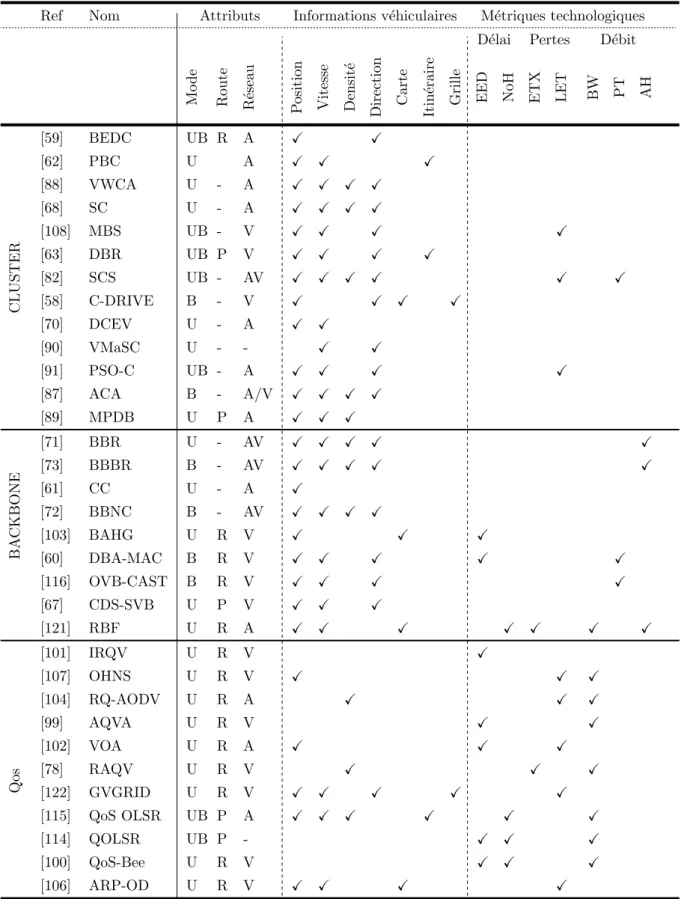
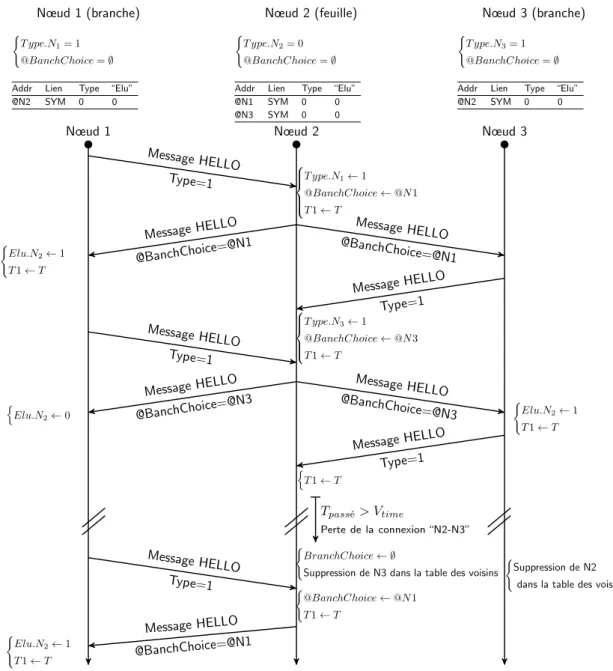
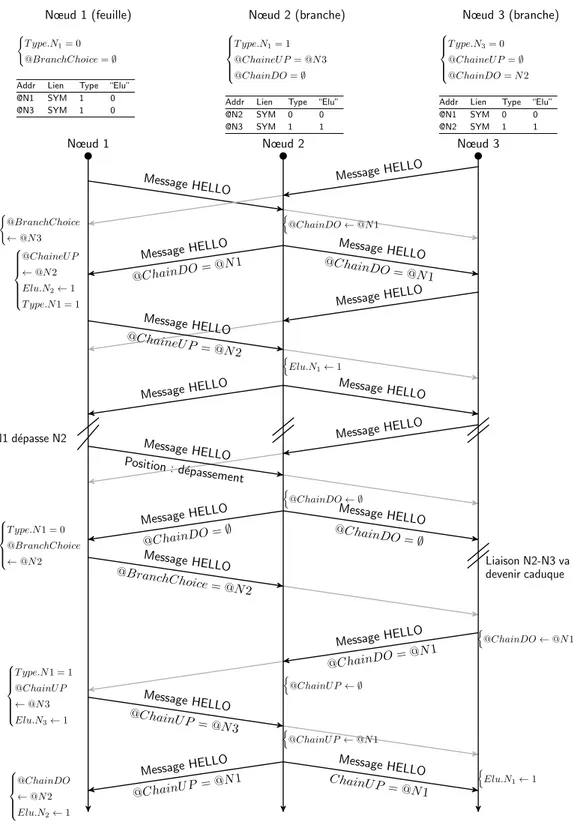
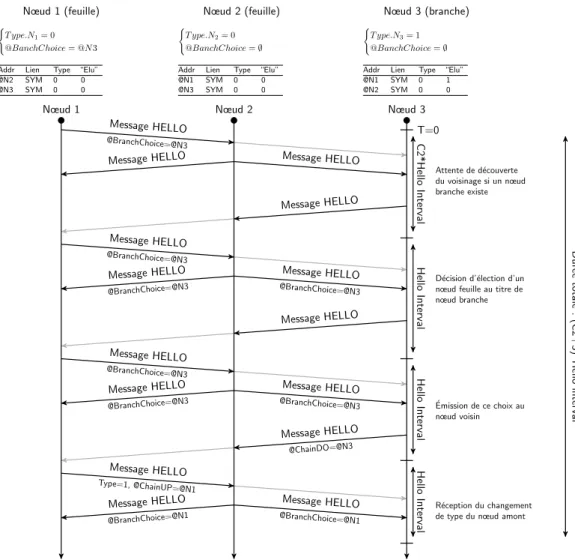
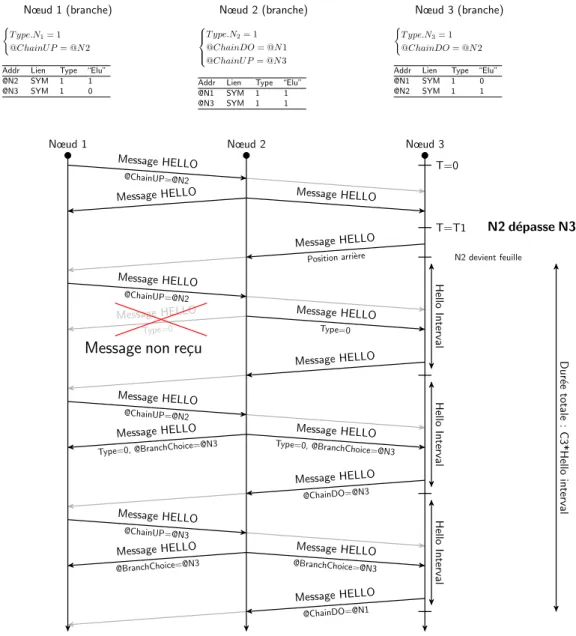
![Figure 2.14 – En-tˆ ete d’un paquet d´efini par le protocole OLSR - source : [31]](https://thumb-eu.123doks.com/thumbv2/123doknet/3625747.106597/97.892.178.719.81.517/figure-tˆ-ete-paquet-efini-protocole-olsr-source.webp)